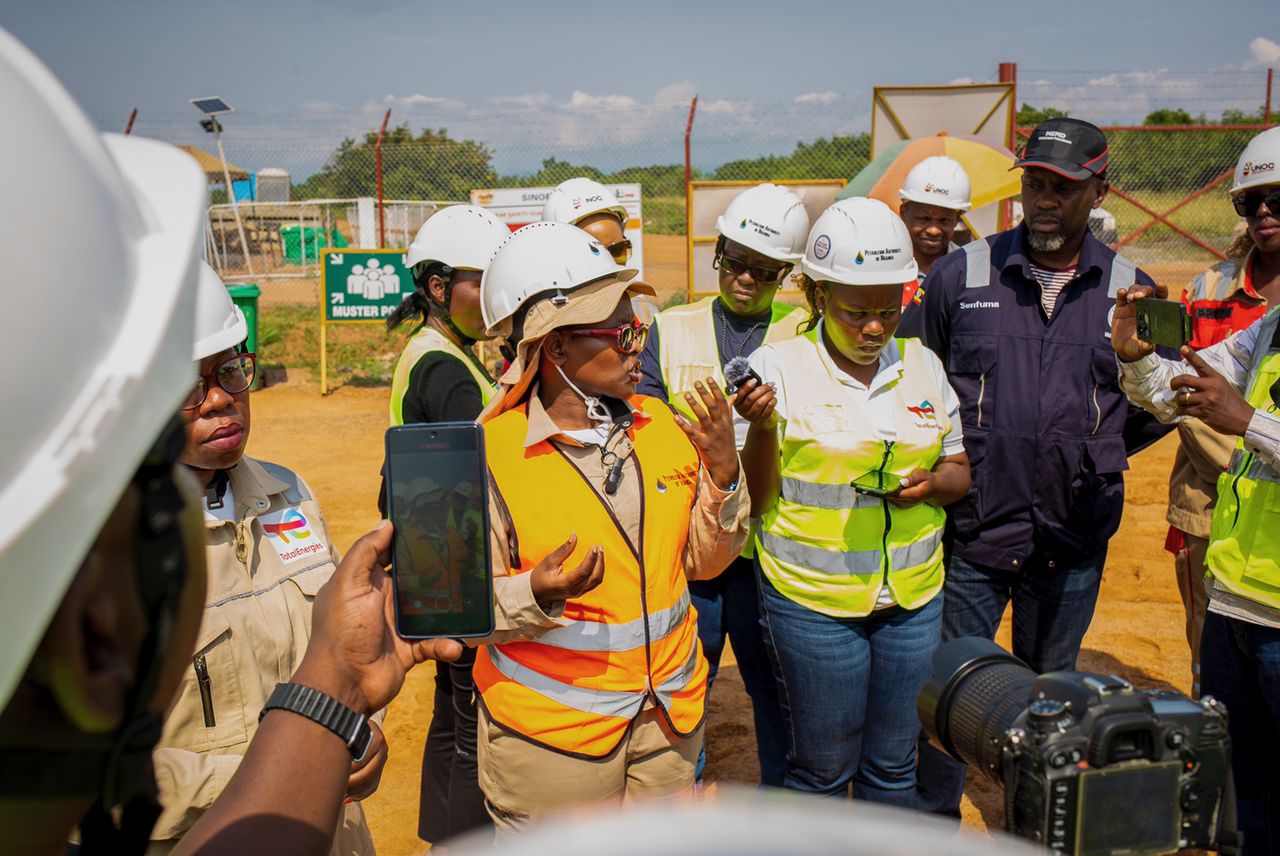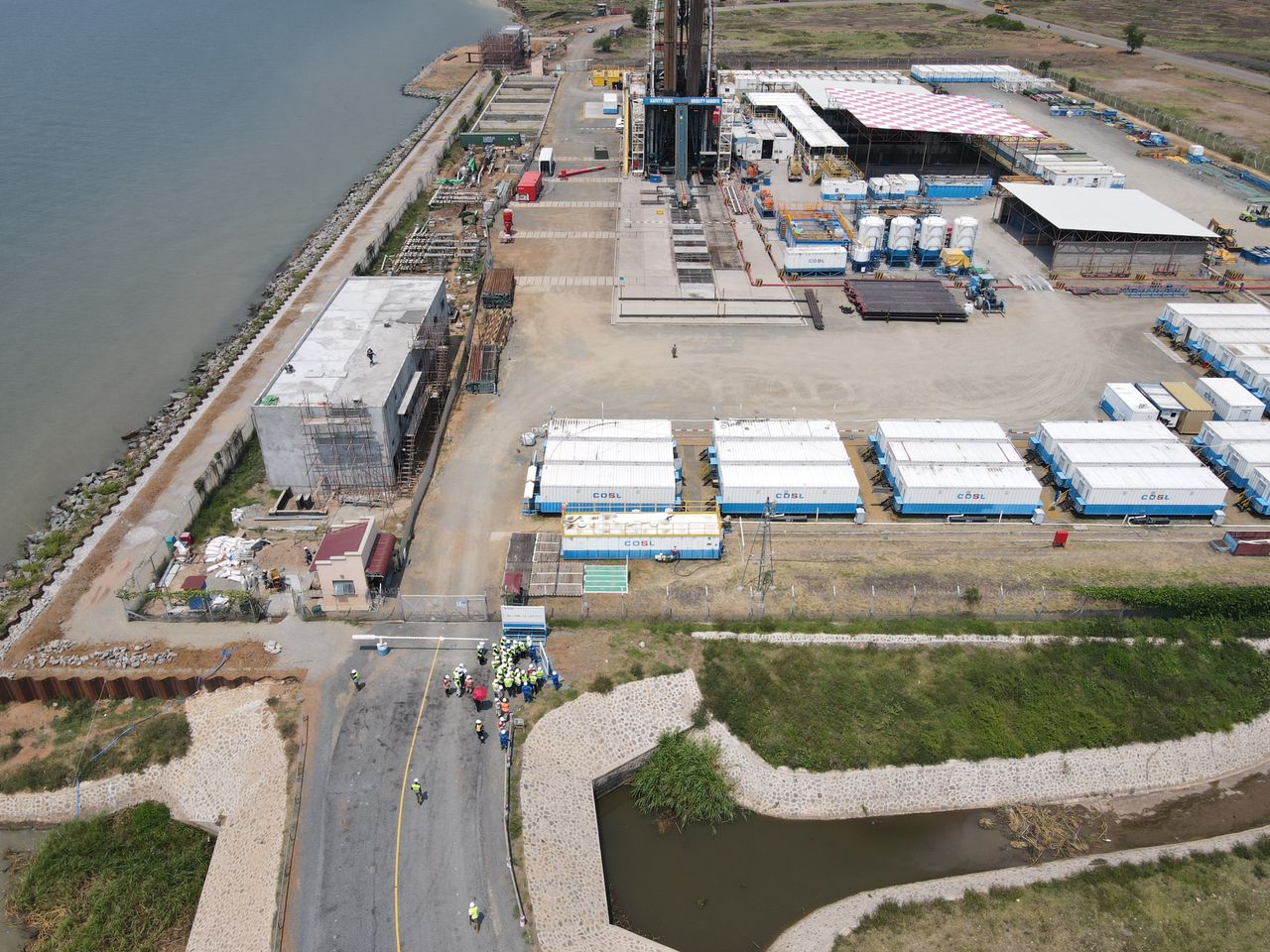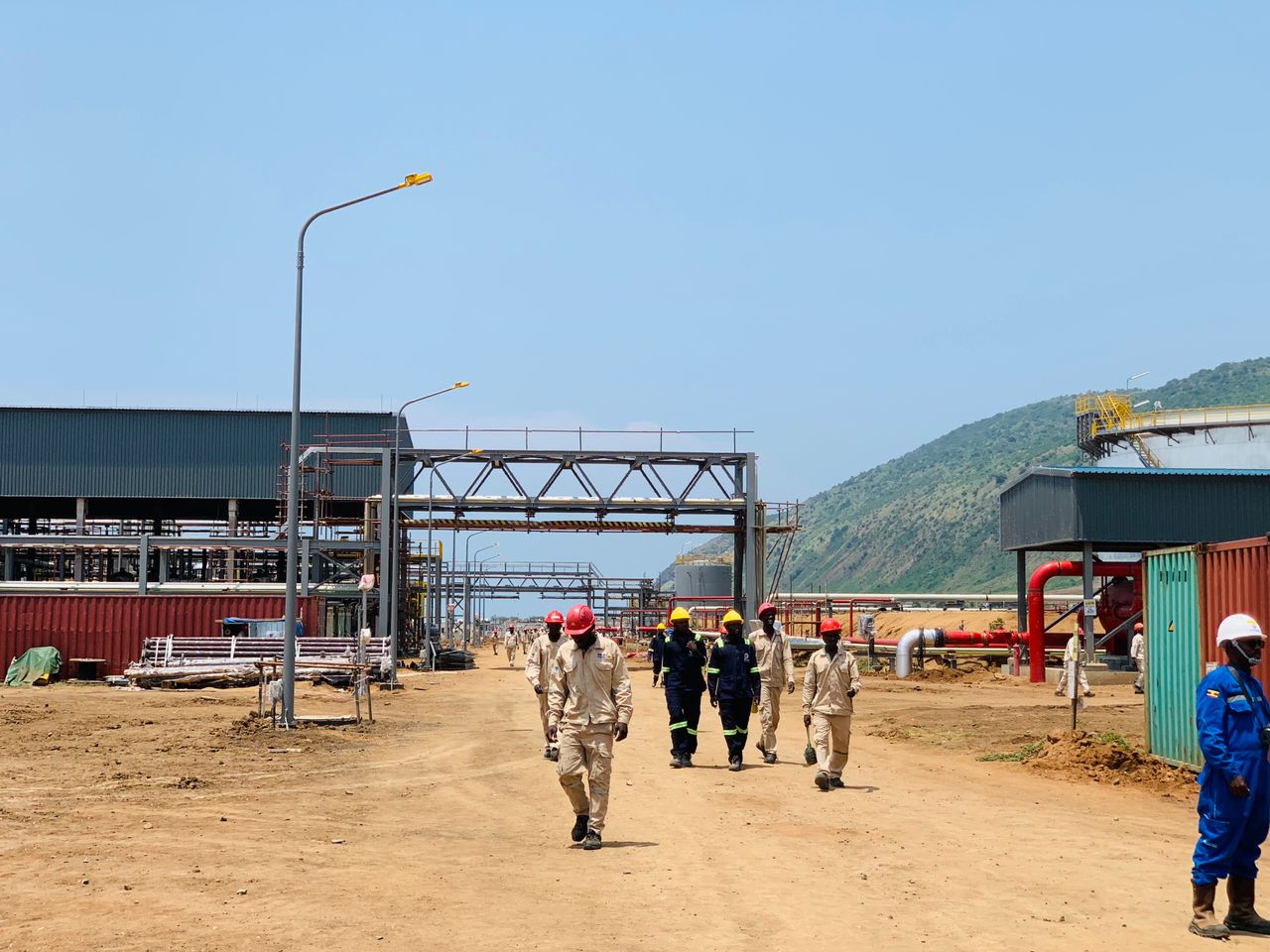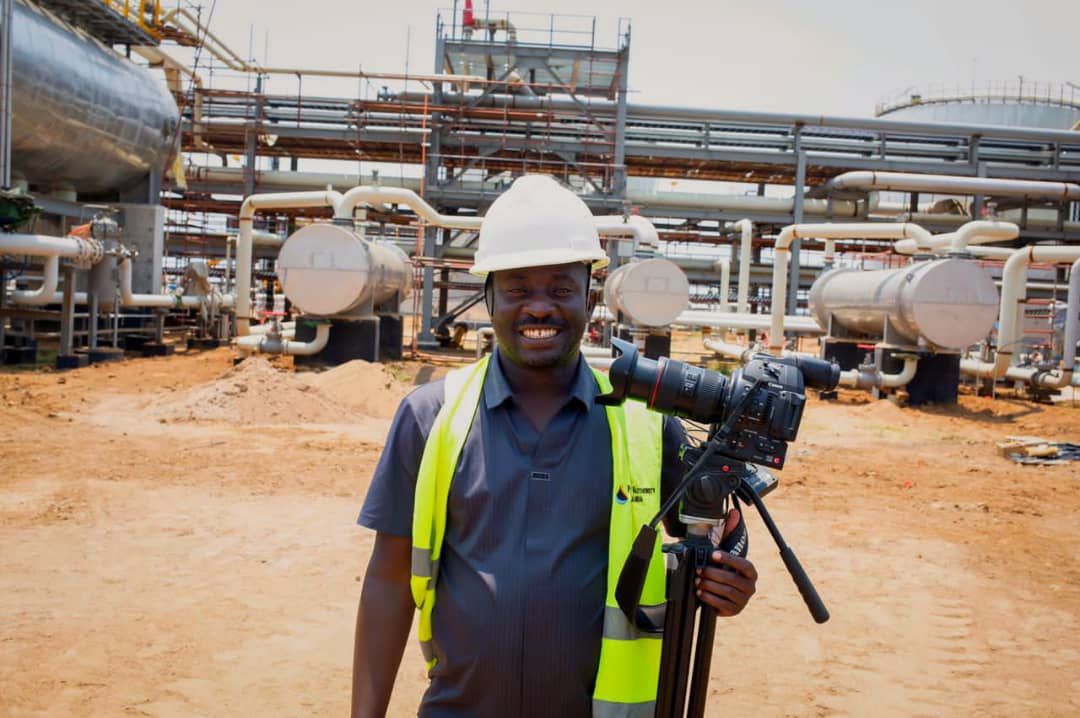When a new source of untapped wealth is discovered be it gold, oil, gas, or any other natural resource communities become curious and eager to learn more. This is where journalists play a vital role.
Uganda’s oil discovery excited even the most nonchalant individuals, and that eagerness remains alive: in local communities, across the East African region, and within the global village. Yet, there has been limited information available on the status, current developments and opportunities.
Our Editor, Arinaitwe Hedwig, recently joined other industry editors and senior journalists for a collaborative field visit organized by the African Centre for Media Excellence (ACME), Total Energies, Uganda National Oil Company, and China National Offshore Oil Corporation.
She shares lessons from the field to help reporters improve their coverage of the oil and gas sector.
Research the industry.
Unlike many beats where any trained journalist can easily find footing and write a good story, oil, mining, and gas is a complex industry filled with policy language and STEM definitions that require prior study. A good place to begin your research before narrowing your focus within the pool of story ideas is the Uganda Petroleum Authority (PAU) website: which offers basic facts and background information about the oil project. She also recommends keeping an eye out for ACME’s journalism trainings, which have shaped many renowned journalists in the region.
We spoke to Ms. Gloria Elizabeth Sebikari, Uganda Petroleum Authority Corporate Affairs Manager, who shared some valuable insights.
Be open to listening
‘’You must be willing to listen even to viewpoints you may not necessarily agree with. As a journalist, you have your own opinions, but you must remain receptive. To cultivate relationships and build trust with sources, you need to be willing to listen and to learn. Currently, there is a strong push for science journalism, which is why building resources is so important.

There is raw opportunity for women.
Globally, women make up only 20% of the oil and gas workforce, and in technical fields, underrepresentation is even more pronounced. However, the Ugandan industry is making efforts to adjust. There is significant opportunity for women to lead in this sector, but there are also many challenges. When you are a woman and you excel when you are truly good at what you do it becomes an added advantage.
Draw up some story ideas before the field visit.
This will help you stay focused especially if you’re the kind of reporter who is interested in everything. We encourage an open mind, but you can’t absorb it all. Don’t convince yourself to record every voice and capture every picture, hoping that you will derive the story once you are back at your desk. If you are an environmental reporter, shape your angles with your beat in mind. Cross-sectoral reporting comes naturally when covering topics like natural resources, extractives, and development.

Answer the pending questions.
In your pre-research, read stories on the topic and identify what’s missing in those pieces what was addressed and what wasn’t. The missing piece of the puzzle could be current developments or a follow-up on what TotalEnergies (Tilenga Project) promised to adjust. A few years ago, there were complaints about flooding around the Central Processing Facility (CPF) from project-affected persons (PAPs) and farmers. According to Hedwig’s update from the recent field visit, flood ponds have now been set up to help with water retention. Such an update would help answer many lingering questions.
Visit the oil drilling and mining sites.
Whereas this may take a toll on your time and money, visiting the site helps add depth and report from a factual view point. If this investment is beyond your limits consider pitching to a media house international or local. Alternatively consult Total Energies Projects, UNOC to find out if there are available open field visits or if they can help with any of the protocols.

Look out for more sources.
You may find yourself limited to the same sources especially in cases where your field trip is funded by a company. As a journalist, it is your responsibility to cultivate a diverse range of sources, and there are many ways to do so.
Include anonymous sources when necessary, particularly if you encounter threats or if individuals are afraid to speak due to power dynamics or fear of legal repercussions.
Balance the story.
Back to the basics of good storytelling: once, an editor asked reporters what a good story looked like. Many pointed to a story filled with facts which is correct but the editor responded that a good story is a well-balanced one.
Your role is to report, not to take sides. These dilemmas are common during sponsored site visits, and if you find yourself in a conflict of interest, the rule is simple: balance the story regardless.
We interviewed John Okot, an experienced environmental journalist, about how a journalist would approach such a story.
Localise the story.
“Avoid looking at it from an abstract angle. Try to localize it and connect it to the human element. Every story you cover be it technology, climate change, or any other complex topic should be connected to the human experience. People are interested in the latest updates and how these developments affect their daily livelihoods.
If they’ve heard that carbon emissions from burning oil affect the climate, they’ll want to know how that impacts them personally. To a layperson, it may seem far-fetched, but as a journalist, you need to break it down and show how these developments affect locals directly or indirectly.
Right now, 90% of the rural population relies on firewood as a major source of fuel. But we’ve heard that, through this oil project, Uganda could begin serving its communities with LPG or cooking gas. It’s said that this would be subsidized and contribute to economic growth.
Here, a journalist should ask about pricing whether it will truly be subsidized to support the local person’s transition to clean cooking. There’s also the question of safety regarding the use of LPG or cooking gas, because there’s a lot of scepticism.”
The United Kingdom government has invested a lot in Uganda’s transition to clean cooking and such information may be a good resource
Ask about the challenges.
We are accustomed to hearing about the achievements and updates, yet we rarely question the challenges that such major developments face. However, these challenges are crucial they inform the progress and reveal opportunities that may emerge for communities, job seekers, and others affected by these large-scale projects.
Learn from cross-border cases.
Nigeria, Libya, Egypt, and Angola offer rich case studies on oil mining in Africa, each with distinct lessons on governance, community impact, and sustainability. Their experiences can inform your coverage of Uganda’s oil developments.
Beyond the written word
We are talking about data visualization to break down complex stories, artificial intelligence tools to access additional resources, satellite or geo maps to illustrate environmental impacts and podcasts to share deep dives and expert interviews, all these elements can make your story rich and engaging.
Our Podcast segment Understanding Uganda’s oil and gas provides voices from the field that you can use as an open resource to share accurate information or enrich your coverage on Uganda’s oil and gas.
